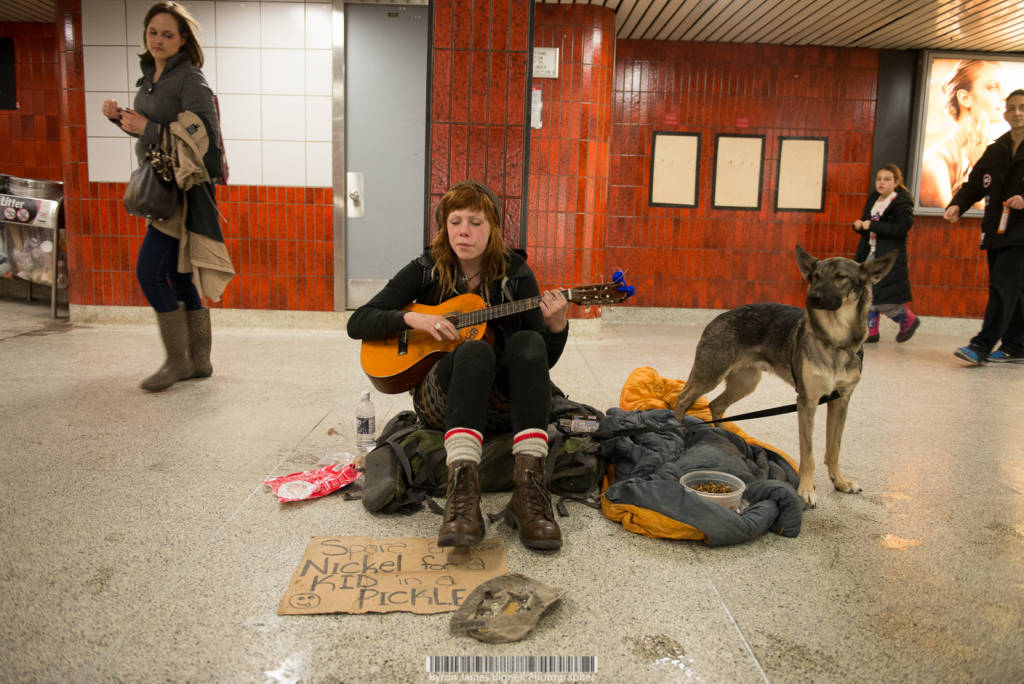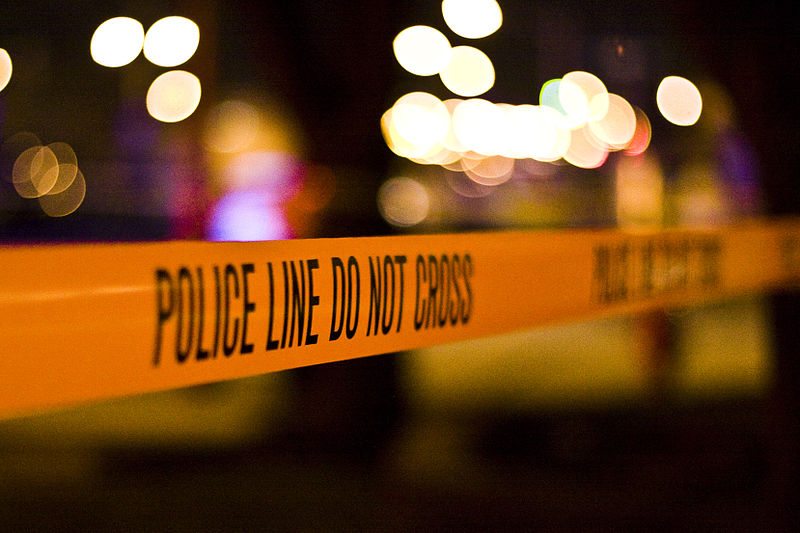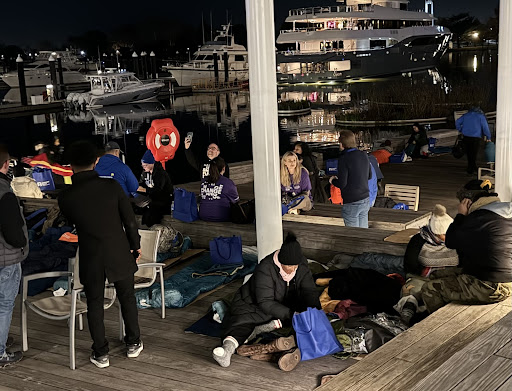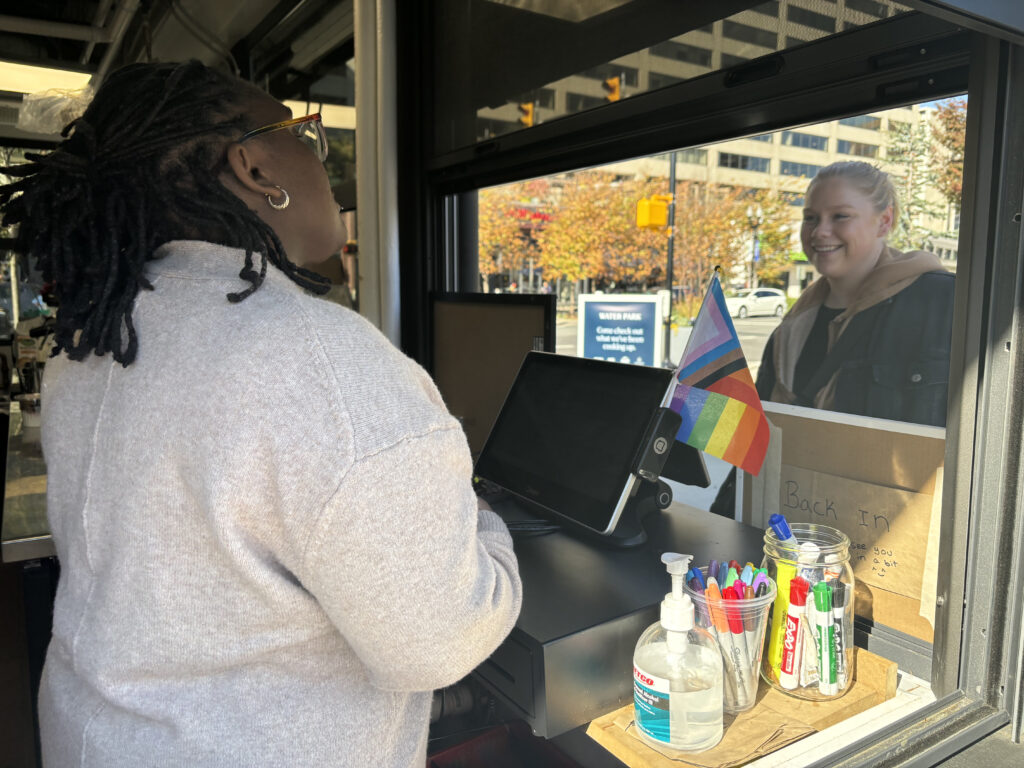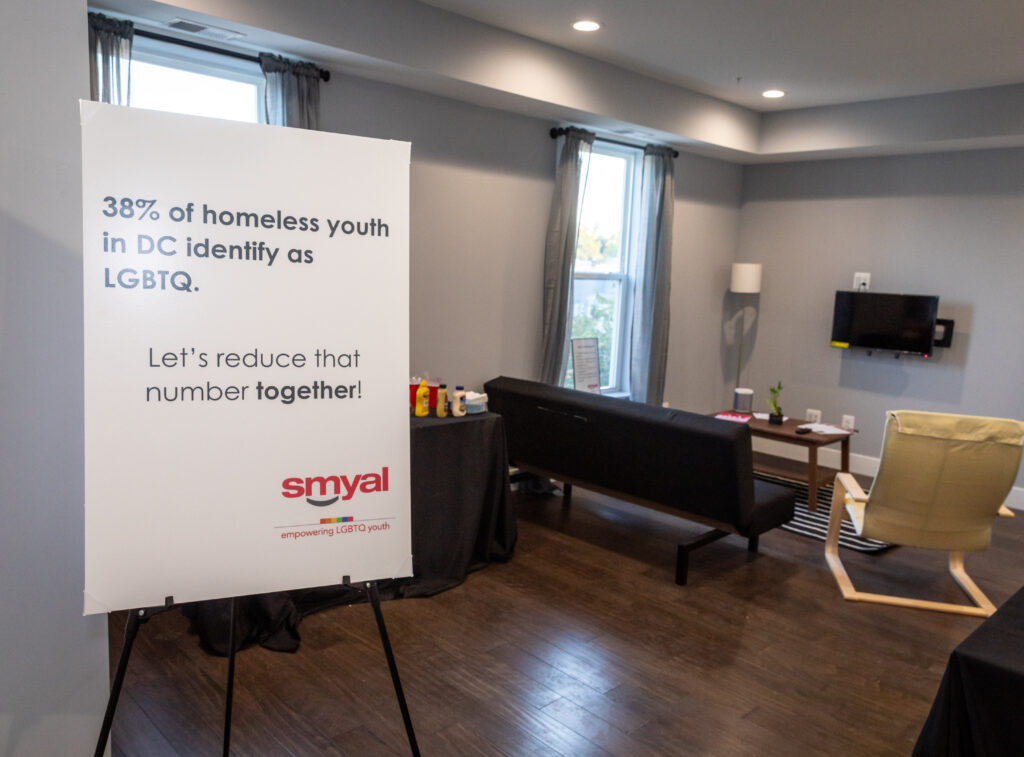Roughly 550,000 youth in America are homeless for more than a week every year. This number is rough, because there has never been a national study of youth homelessness in America, despite the fact that there are homeless youth in every community in the United States. In fact, 2013 was the first year that the U.S. Department of Housing and Urban Development’s point-in-time count made a concentrated effort to count youth.
The National Network for Youth (NN4Y) has been a nonprofit membership organization since 1974, representing service providers, state agencies, coalitions and advocates who work in the trenches to provide services for runaways, homeless and other disconnected youth. We define youth as young people 12 to 24 years of age.
These young people become homeless for a variety of reasons, but the most common cause is severe family conflict, including physical violence, sexual abuse, chronic neglect or abandonment. Youth also become homeless when their families force them to leave due to pregnancy, non-acceptance of sexual orientation or gender identity, drug or alcohol use, or to reduce family size due to a lack of resources.
Youth homelessness also reflects the deficits in public systems of care, such as child welfare, juvenile justice and child mental health systems. Last year, nearly 30,000 youth were emancipated from foster care, and approximately 100,000 youth left the juvenile justice system. These youth exit these systems with little to no financial or housing resources.
Youth homelessness and suffering is often invisible. These young people who find themselves alone without a home often “couch surf.” This term is used to describe a young person who sleeps on a friend or acquaintance’s couch, usually for a few nights here and there. During the day, these young people often hang out in public libraries, Laundromats, or with other youth on the streets in an effort to stay safe.
We have very limited national data about youth homelessness in America. Studies have shown an over-representation of LGBT youth, which average 20 to 30 percent of the overall youth homelessness population. These young people are more likely to be assaulted or sexually exploited than their heterosexual homeless peers.
In many cities, youth shelters use either a lottery or first-come-first-serve policy to determine which homeless youth get a safe place to sleep. There are often not enough beds. What is known is that homeless youth and young adults are at great risk for human trafficking, exploitation, mental health disabilities, chemical or alcohol dependency, criminal justice involvement and death.
The U.S. Department of Justice reports age 12 as the average age of entry into the sex trafficking industry. Runaway and homeless youth are targeted by traffickers because they are unprotected, desperate, abandoned, and longing for someone to love and take care of them. According to a Colorado study on homeless and runaway youth, within 48 hours, 30 percent of runaway and homeless youth become trafficking victims. These young people are exploited in ways most people cannot begin to imagine or understand.
Given the diverse pathways to youth homelessness and the developmental needs of young people, youth require a specialized solution to their homelessness. Among the most important strategies are:
• Early intervention services and family reunification efforts. Increased housing options for youth with education and job training.
• Transitional programs for youth who either can’t be reunified with family, are aging out of foster care, or are exiting juvenile detention.
• The National Network for Youth focuses its policy advocacy efforts on legislation relating to runaway and homeless youth, the juvenile justice system, human trafficking, and the foster care system. Currently, the Network is focused on the FY 2014 federal budget process because the sequester cut Runaway and Homeless Youth Act (RHYA) programs from approximately $115 million pre-sequester to $109.5 million, with the most significant cuts given to RHY service providers, a 6.42 percent cut in grant funding.
The Network asked Congress for $128 million for RHYA programs for FY 2014, with $3 million of this amount going to fund the Prevalence, Needs and Characteristics of Homeless Youth study that is called for in the statute, but has never been conducted due to a lack of resources.
The Runaway and Homeless Youth Act, which became law in 1974, is up for reauthorization this year. Senator Leahy, a fierce champion for homeless youth, is planning to pursue reauthorization after the immigration bill has cleared the committee.
Darla Bardine will serve as a panelist for “On Their Own” a Street-Sense sponsored forum on youth homelessness. The event will be held on Wednesday July 16 at 6 p.m. at the Human Rights Campaign 1640 Rhode Island Ave NW, Washington D.C.
